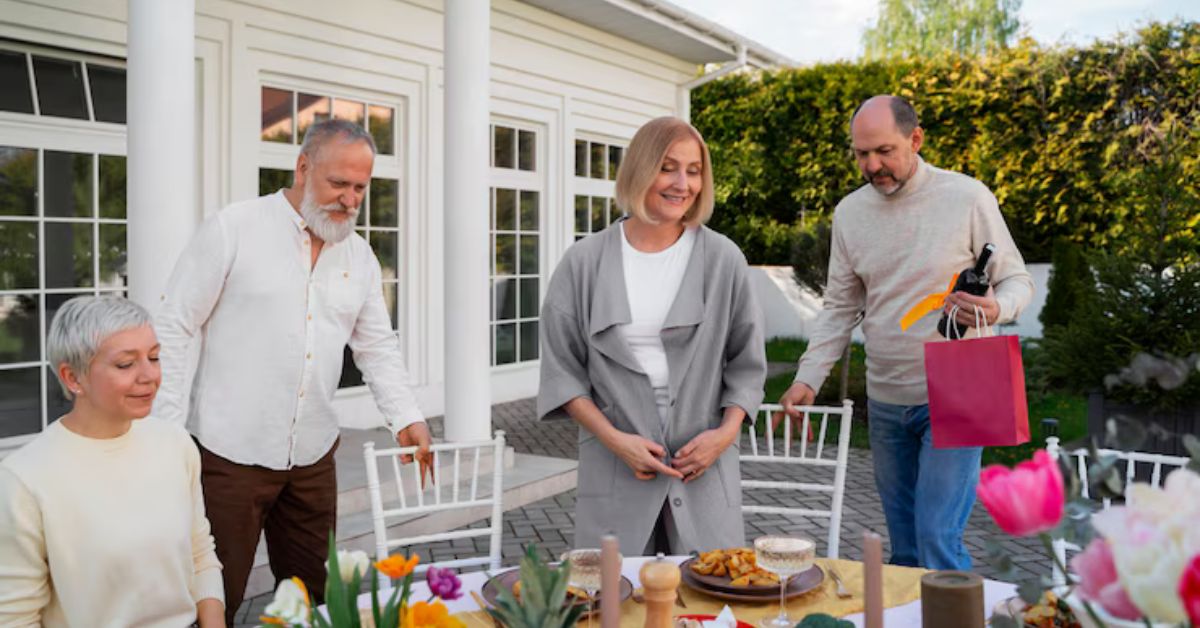Lifestyle
How Senior Apartments Promote an Active and Social Lifestyle

Senior apartments aren’t just about downsizing or convenience. The good ones are founded on a simple but sound principle: offer older adults a life that’s active, engaging, and social. Unlike assisted living facilities or traditional retirement communities, which can sometimes feel medically oriented, overly restrictive, or too capital-T Scheduled, senior apartments are intended to promote independence and participation. They offer a much less structured and lively environment in which individuals have the autonomy to make choices about how they wish to live.
Purposeful Design That Encourages Movement
Senior apartments are built to get people moving without making it feel like exercise. Daily classes, walking groups, and light fitness sessions are common, but they’re not generic. These activities are tailored to real physical needs and are led by people who know what they’re doing. The goal is mobility, not intensity. That’s what keeps residents engaged week after week.
Even the layout of the senior apartments matter as you’ll find walking paths, central courtyards, and spaces designed to encourage foot traffic instead of long, boring corridors. It’s not accidental. These small design choices add up, nudging residents to stay active just by going about their day.
Community Spaces That Spark Connection
Common areas aren’t just lounge spots. They’re designed to invite conversation. Libraries, game rooms, and shared kitchens are scattered throughout many senior apartment complexes. These are natural meeting points where people start talking without needing an event or invitation.
There are optional community dinners, casual meetups, and interest-based clubs. These aren’t “social events” in the forced sense. They’re just structured enough to make showing up easy, but casual enough to keep things low-pressure.
Staff That Facilitates, Not Manages
Staff play a quiet but powerful role. In the best senior apartments, they aren’t just there for security or repairs. They act as connectors. They introduce new residents, encourage participation, and notice who might be pulling back. They support the community dynamic without micromanaging it.
Technology That Keeps People in the Loop
Modern senior apartments often use apps or digital bulletin boards to share daily updates, activities, and announcements. It’s not about making things high-tech. It’s about removing the excuse of “I didn’t know.” When people can see what’s happening on their own time, participation goes up.
Residents can opt in without needing reminders. That keeps the environment flexible and responsive instead of rigid and routine.
Independence Is the Real Engine
One of the most overlooked features of senior apartments is how much control residents keep. They have their own kitchens, their own laundry, and their own schedules. That independence builds confidence, and confidence leads to curiosity. When people feel capable, they explore more. That’s when they start showing up to events or inviting neighbors for coffee. Giving residents space doesn’t make them isolated. It gives them the freedom to connect on their terms.
Peer Energy Fuels the Atmosphere
It only takes a few active residents to set the tone. People see others getting involved and it becomes normal. Group walks grow. Game nights fill up. Once a few people buy in, it spreads fast. That organic momentum is what keeps the place lively without needing constant staff intervention.
Senior apartments promote an active and social lifestyle by removing the usual obstacles, limited mobility, rigid schedules, and social isolation. They don’t mark the end of independence, they reinforce it. These communities eliminate micromanagement and instead offer quiet, behind-the-scenes support.
